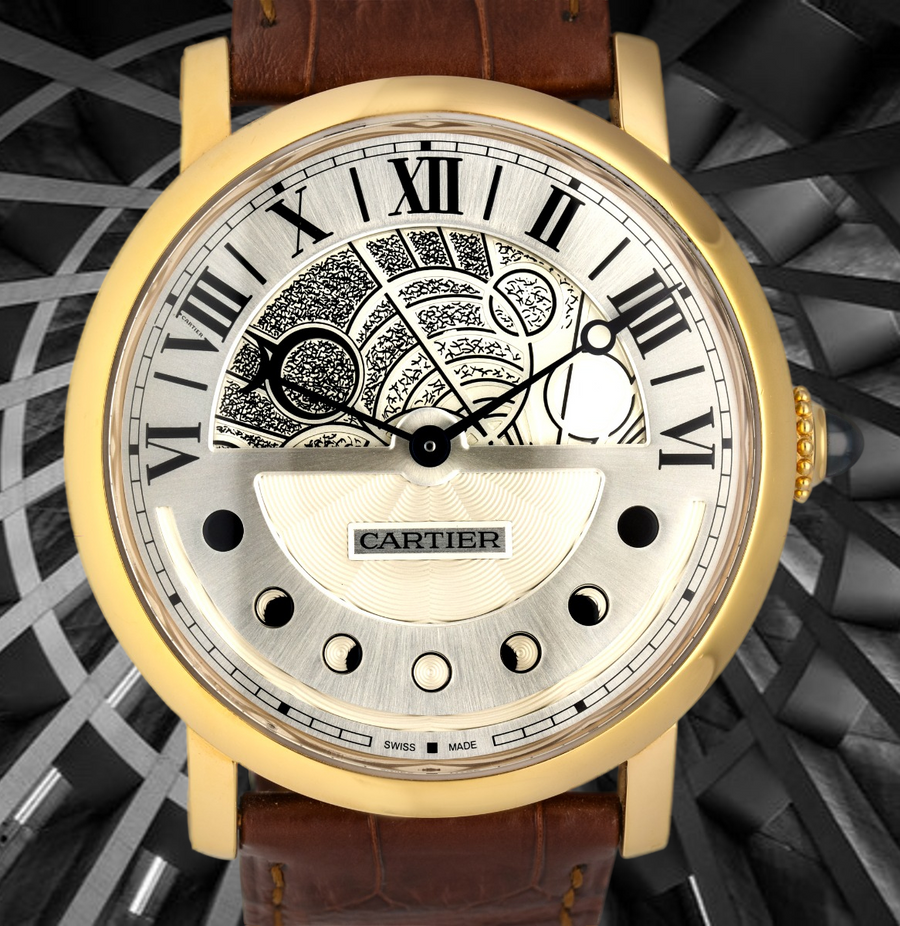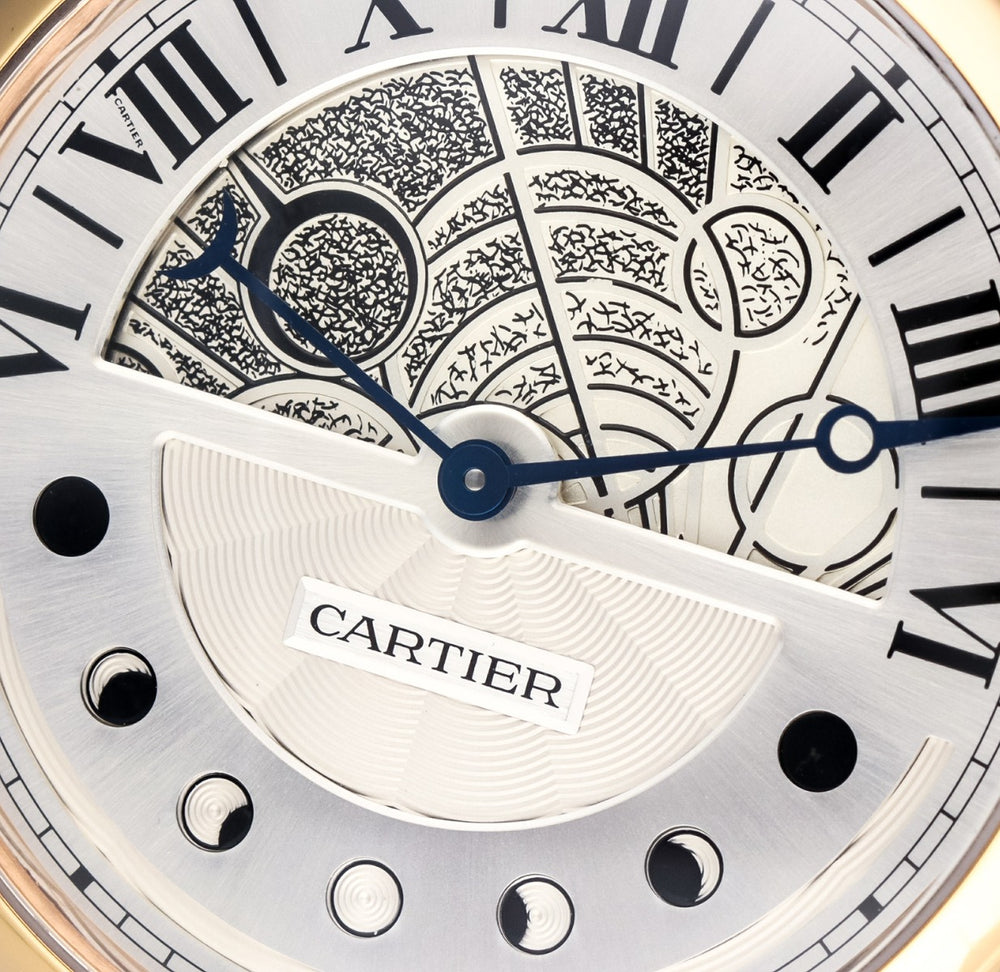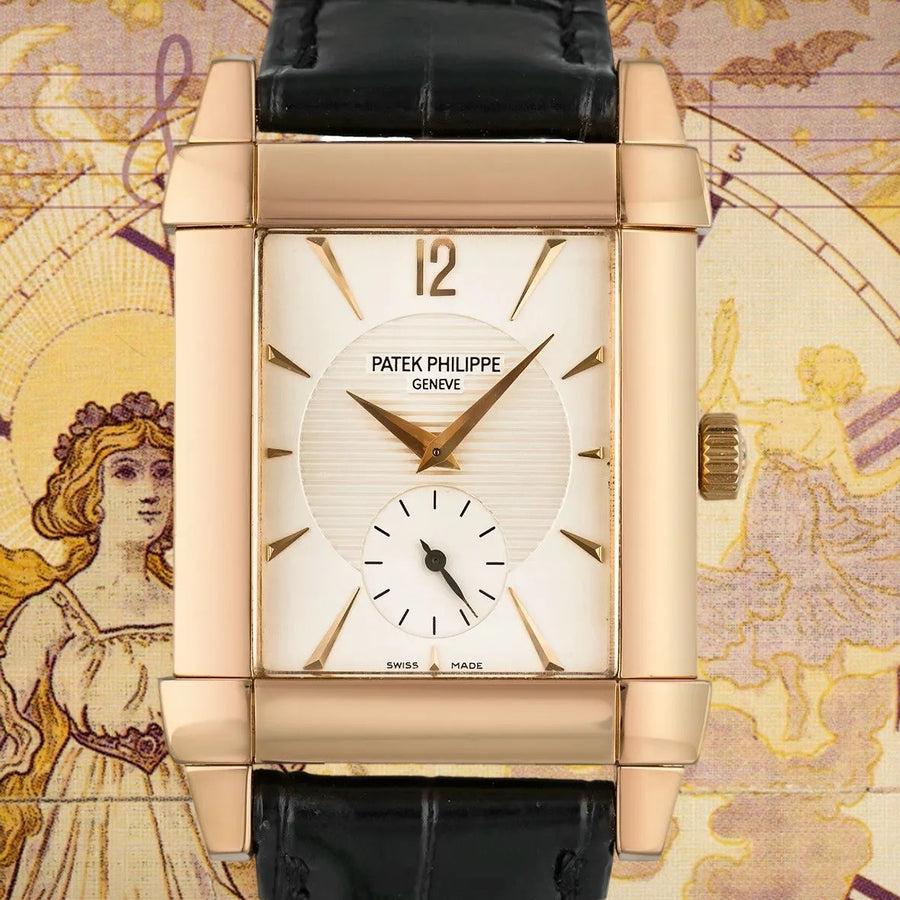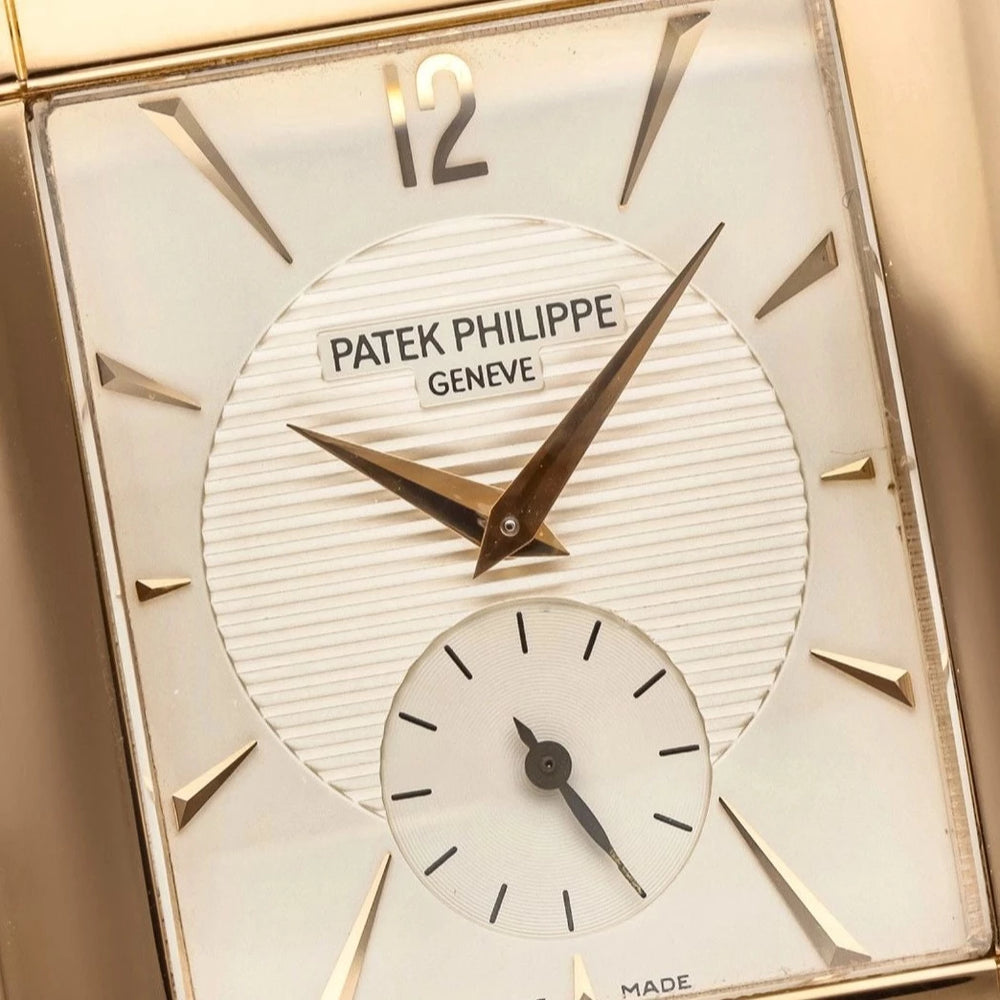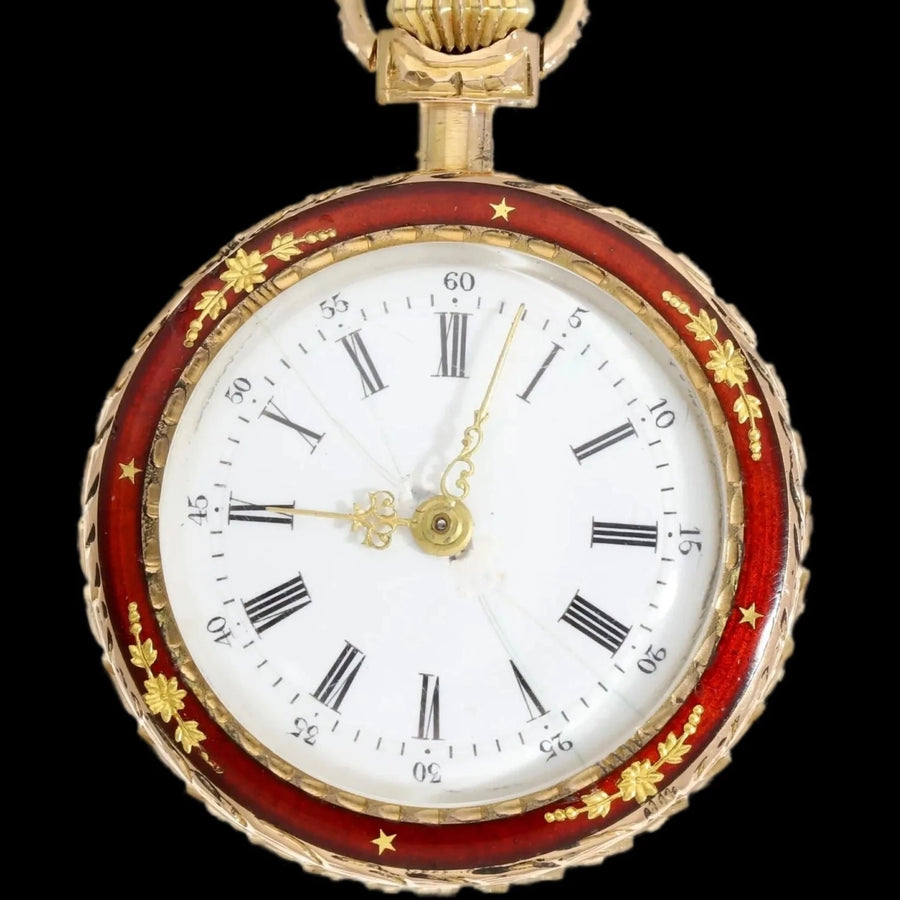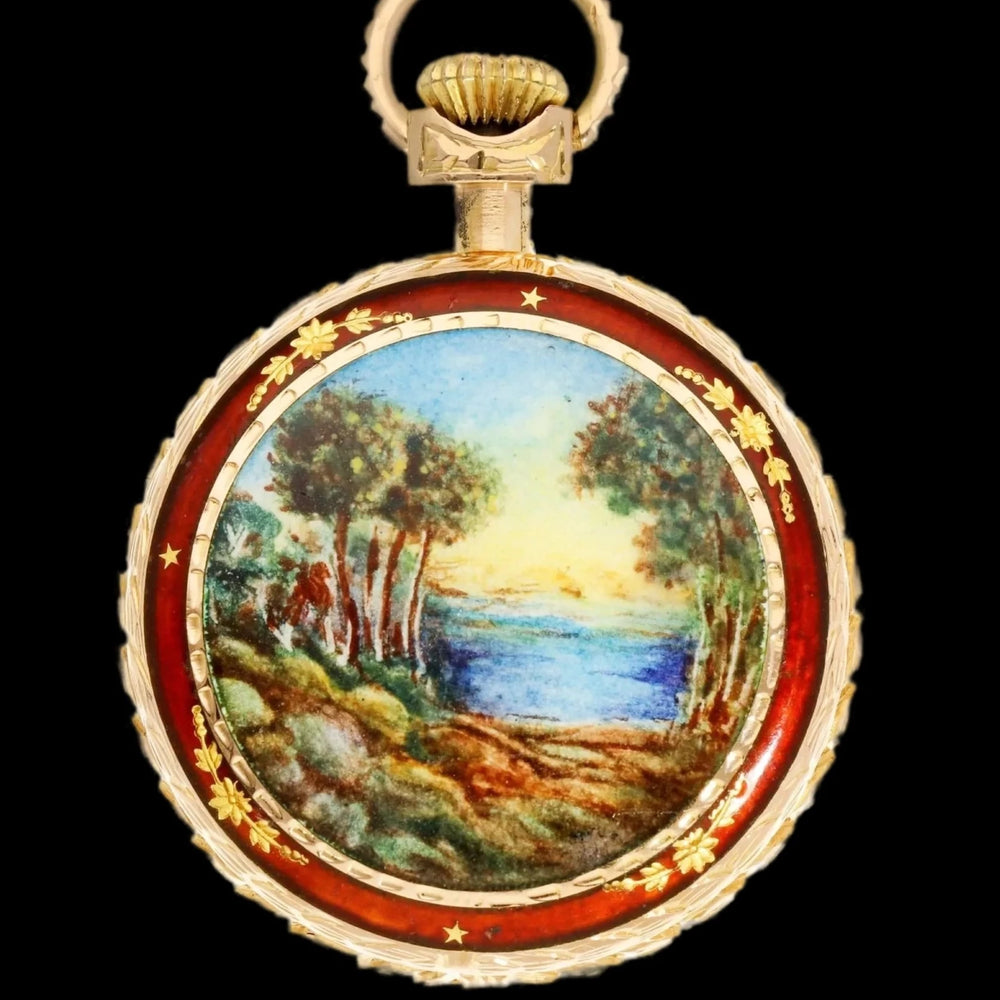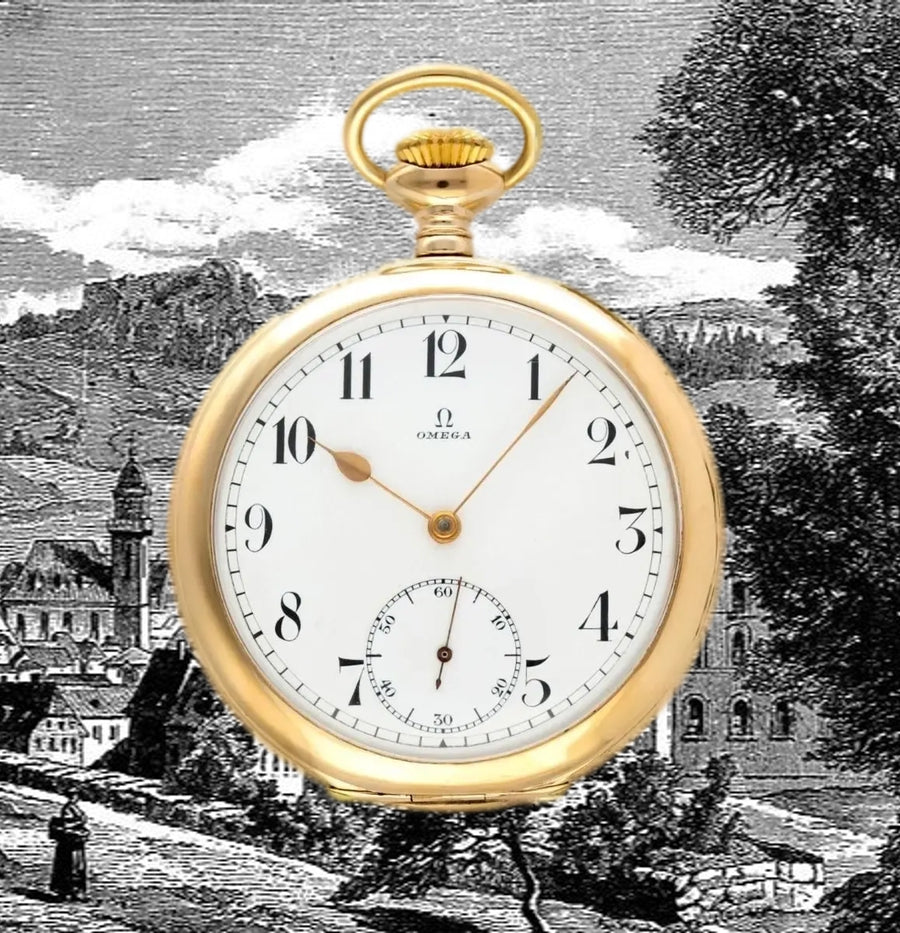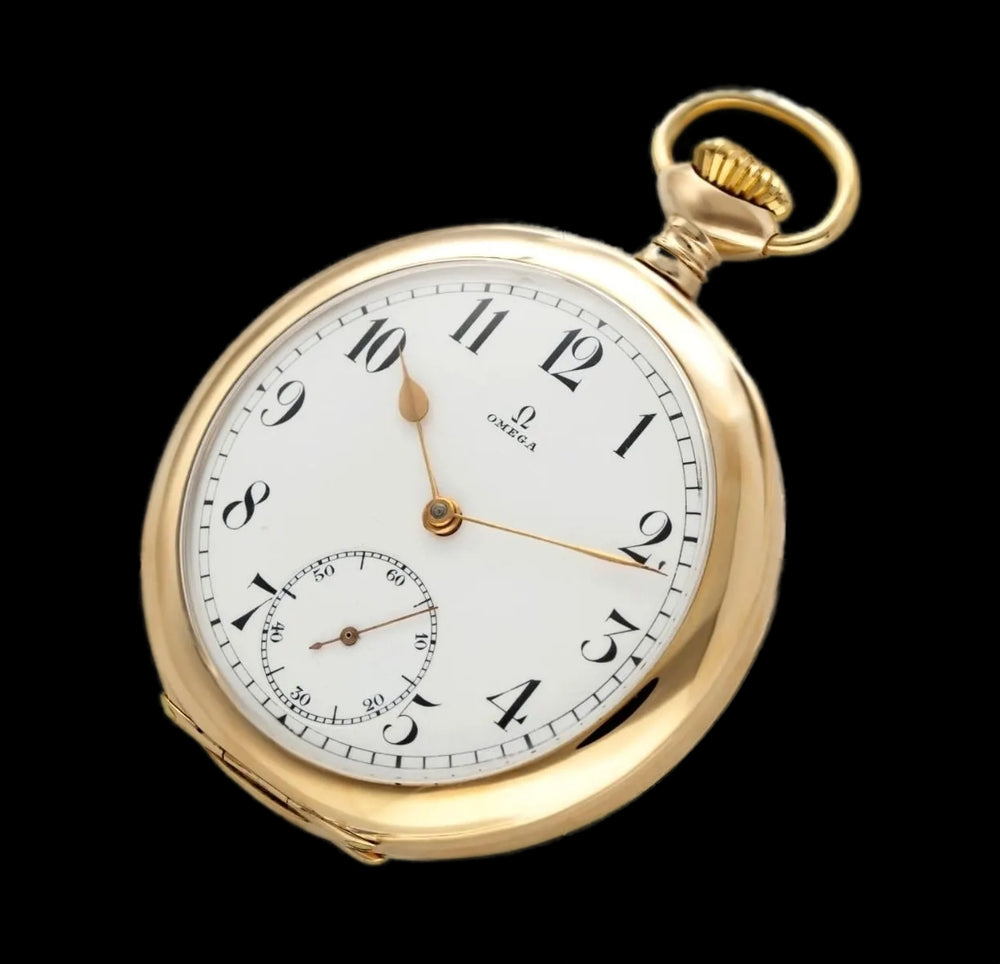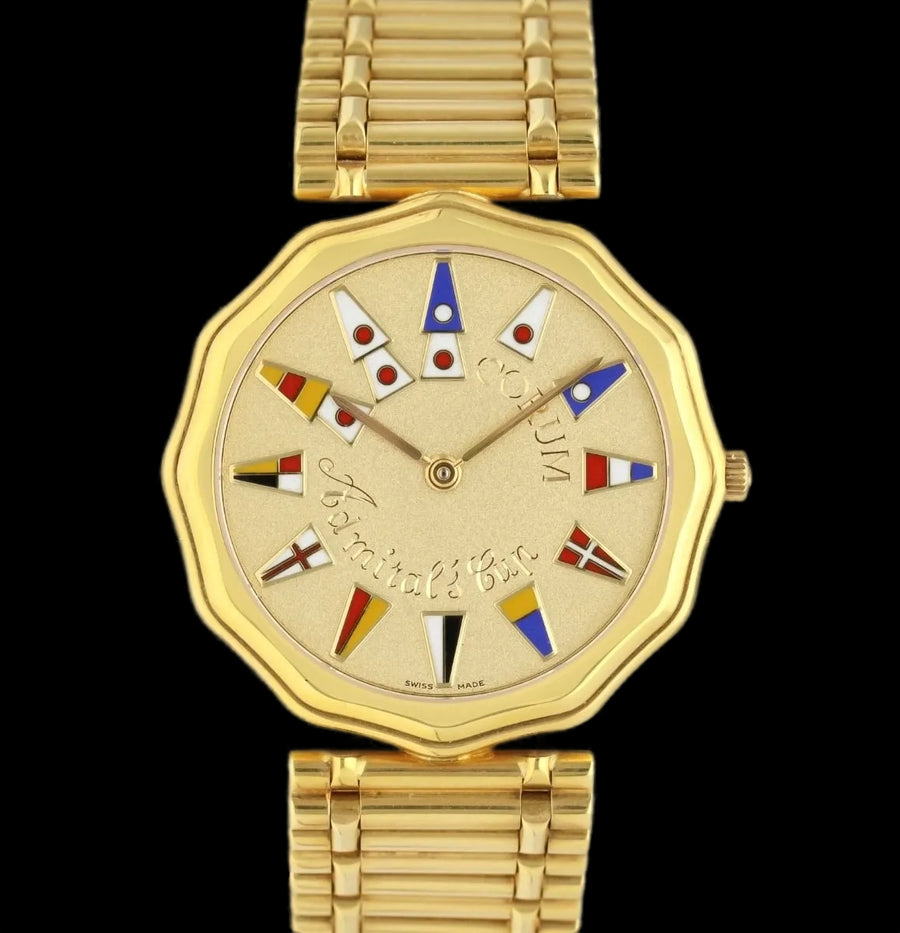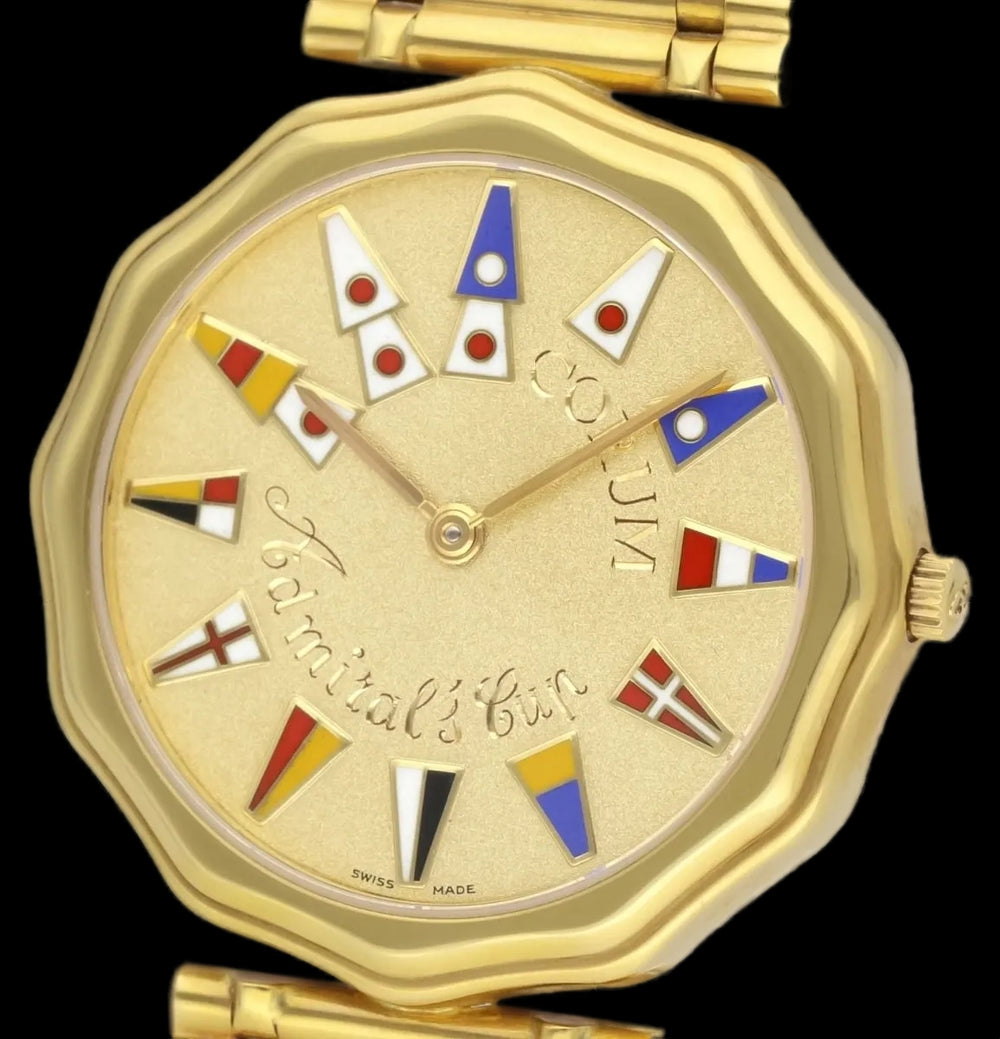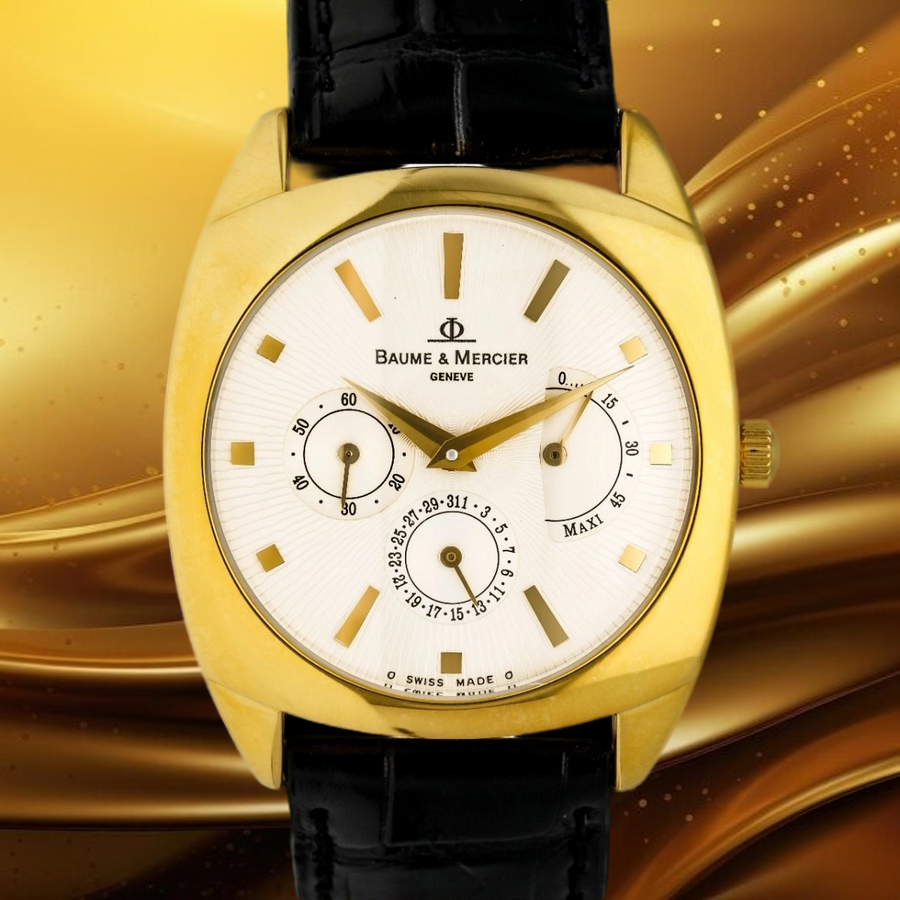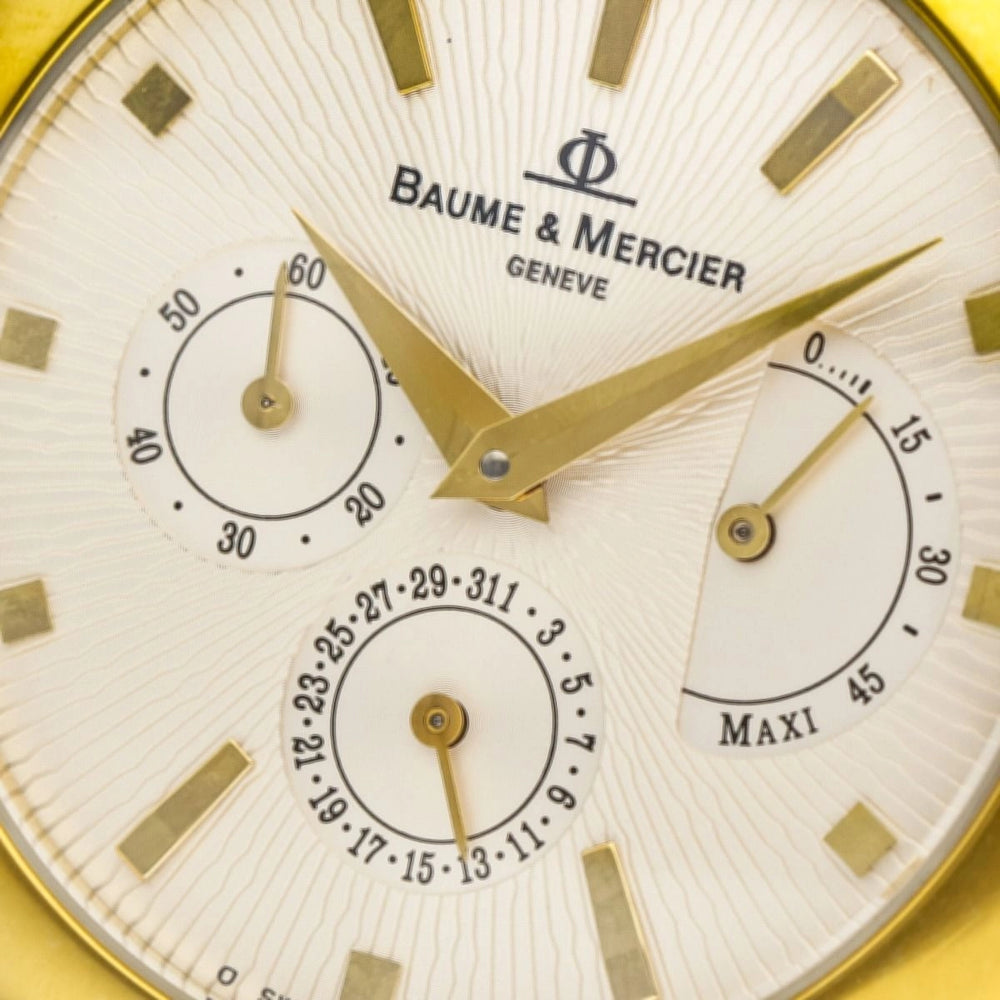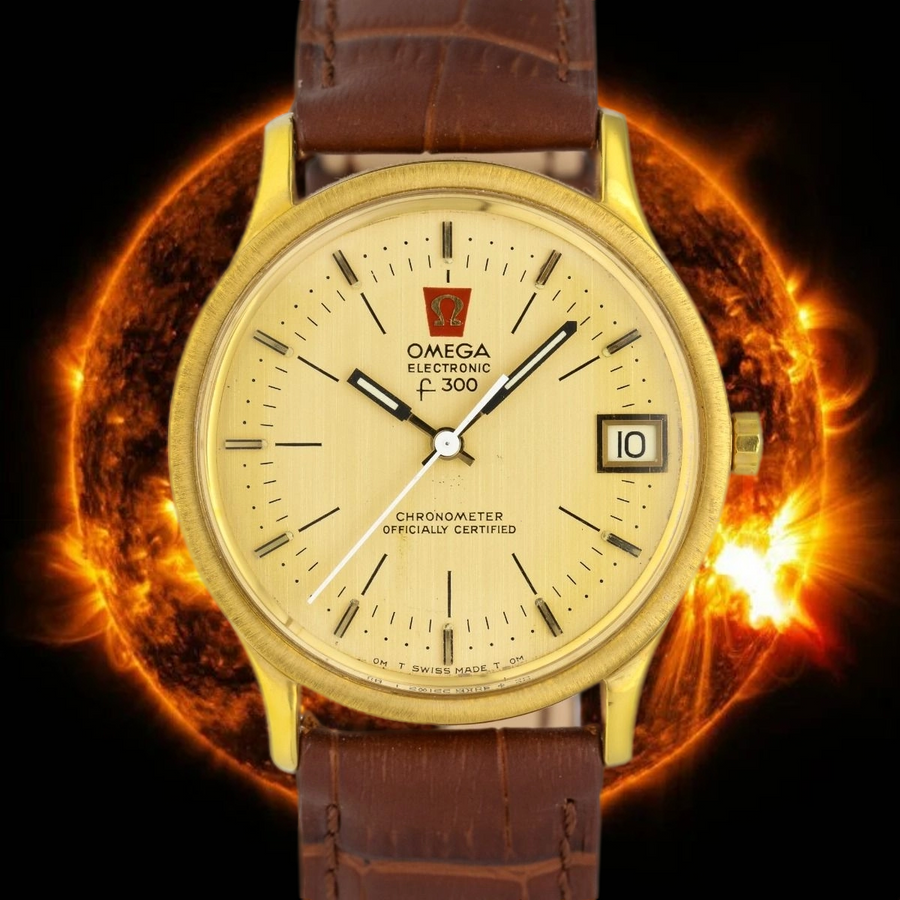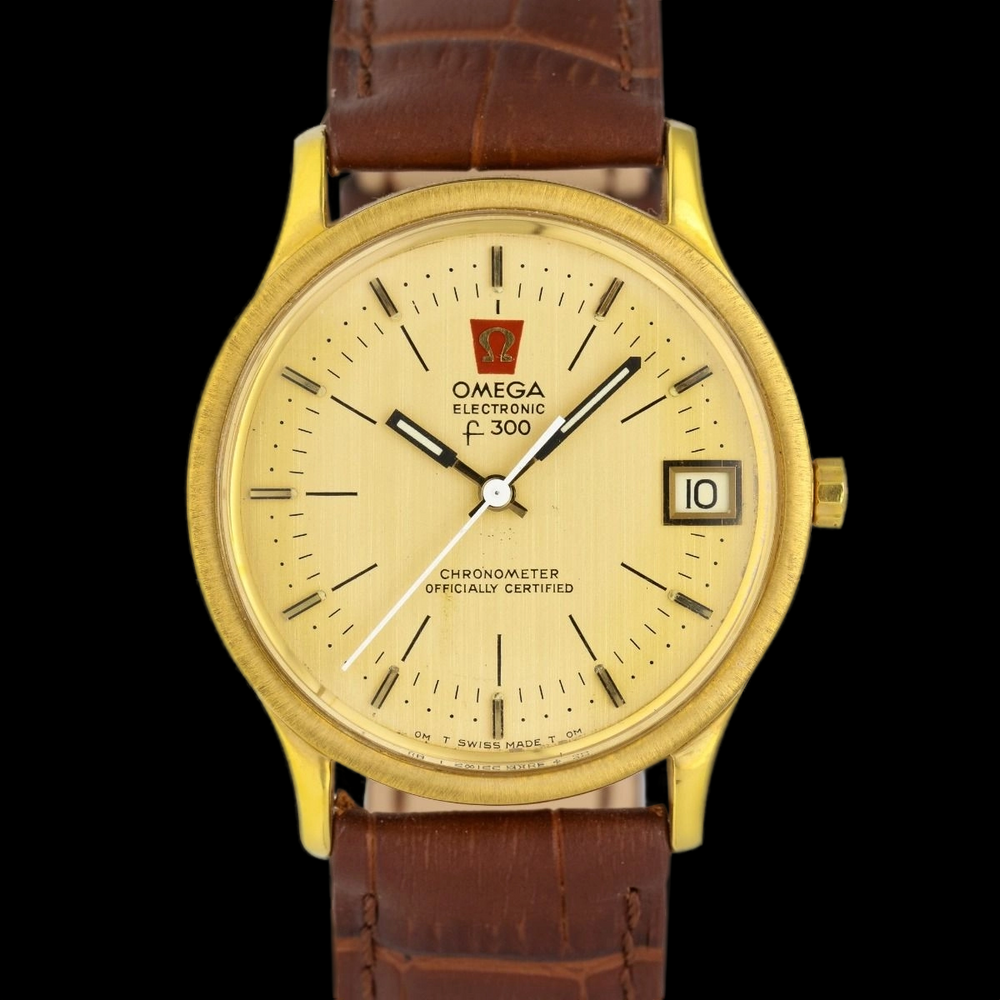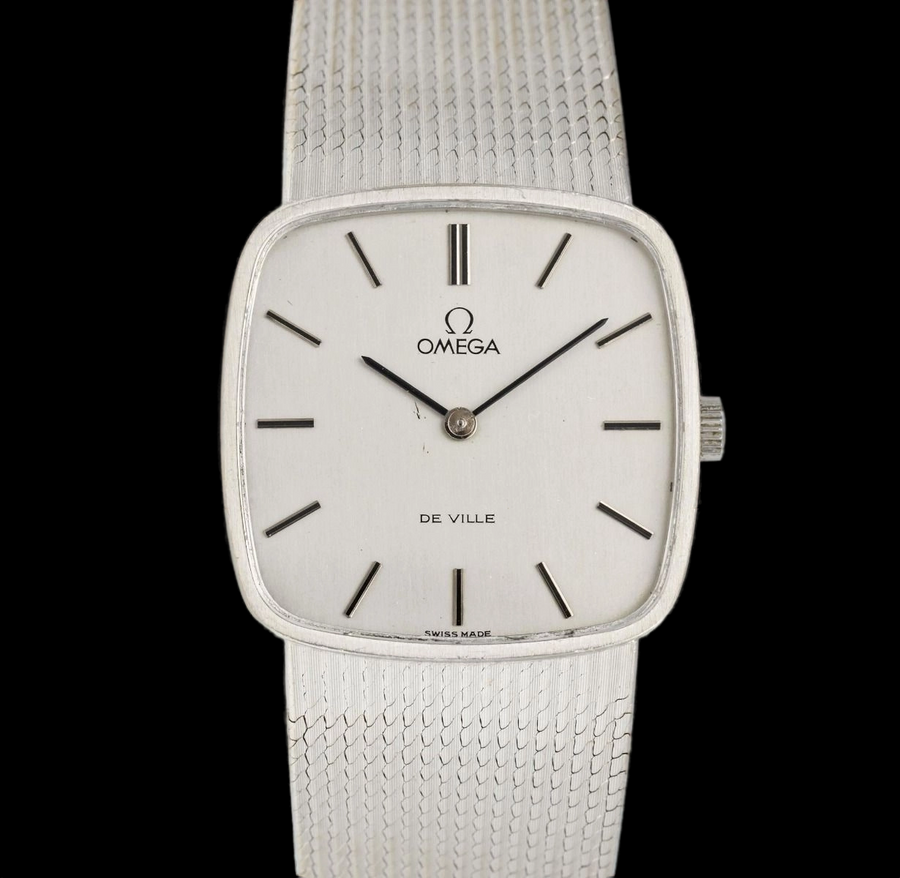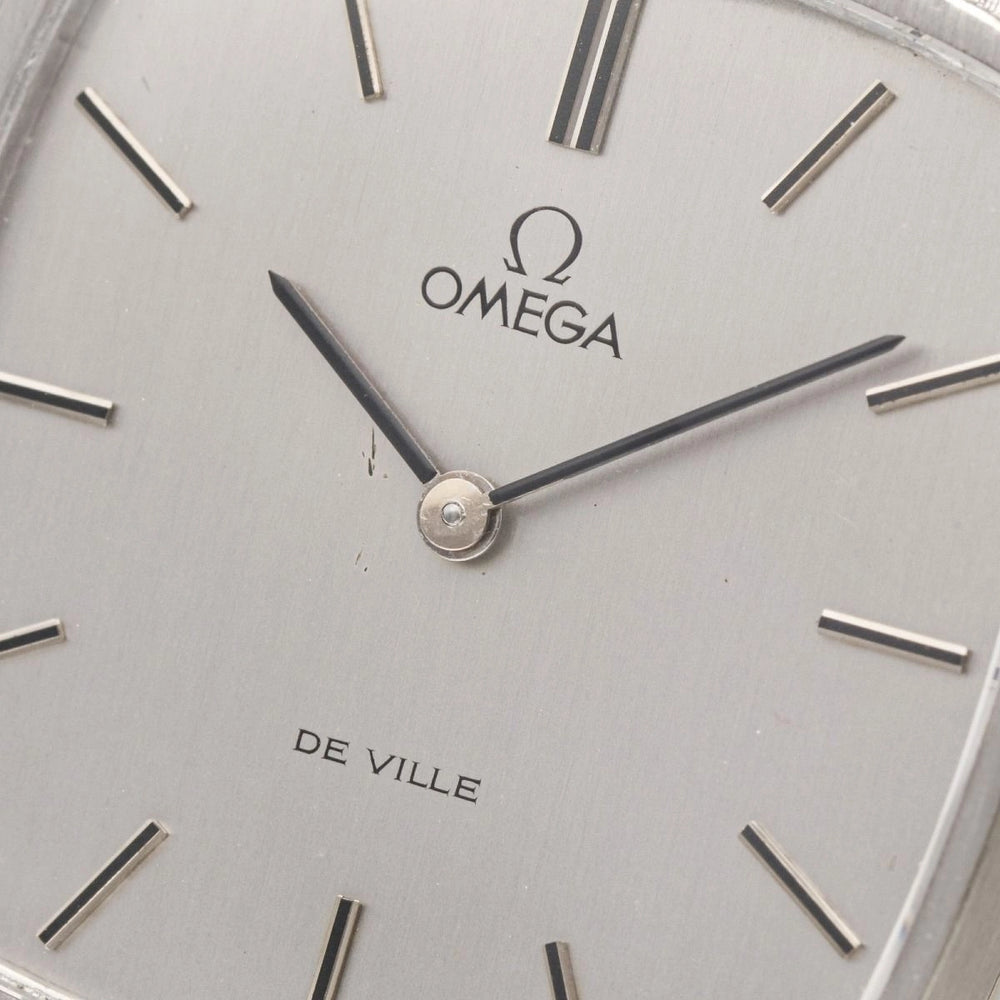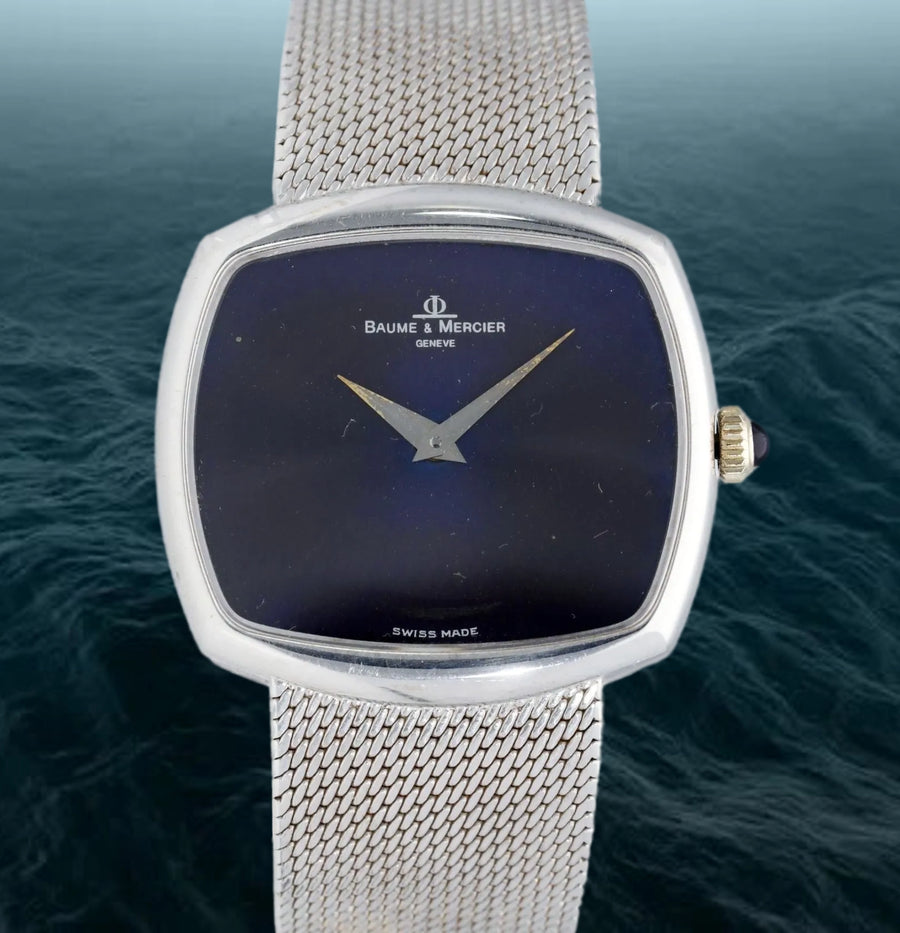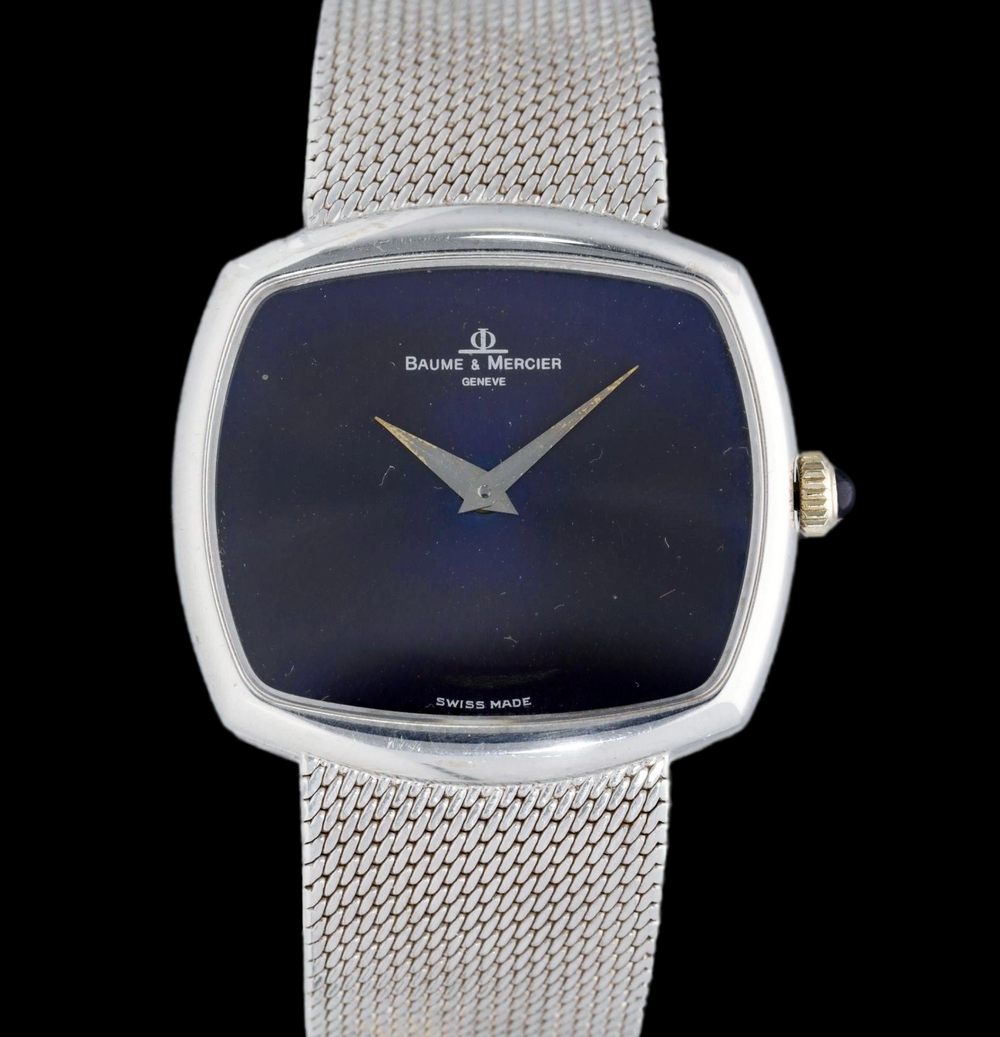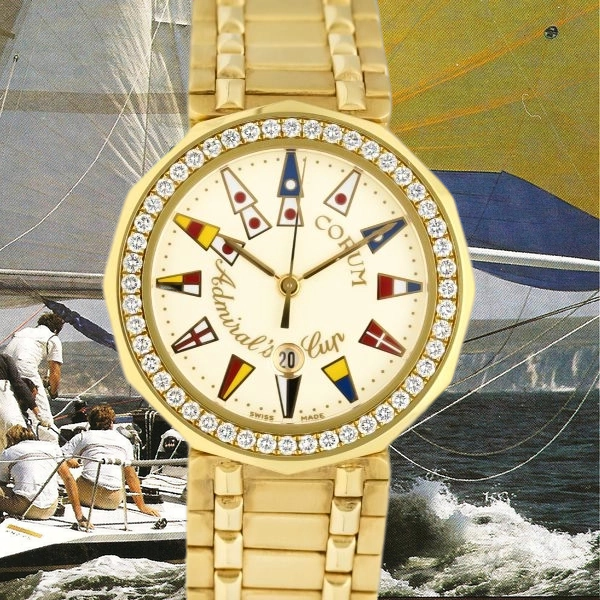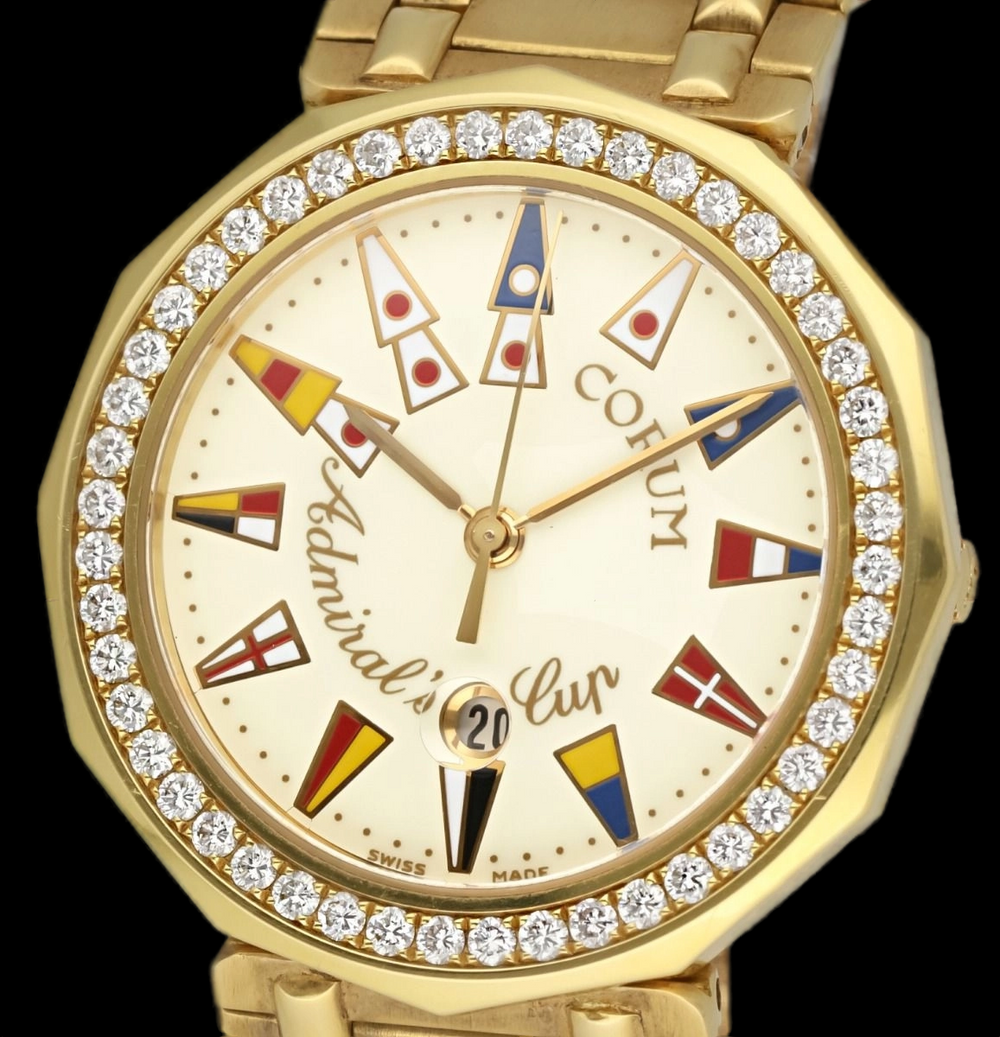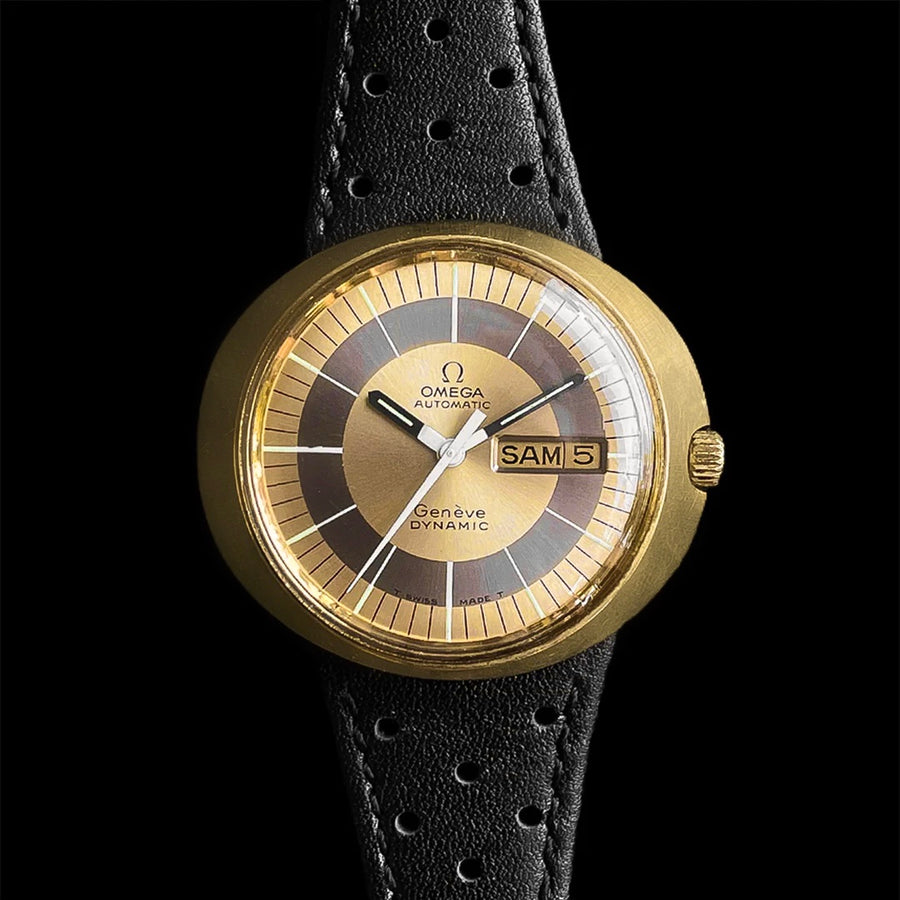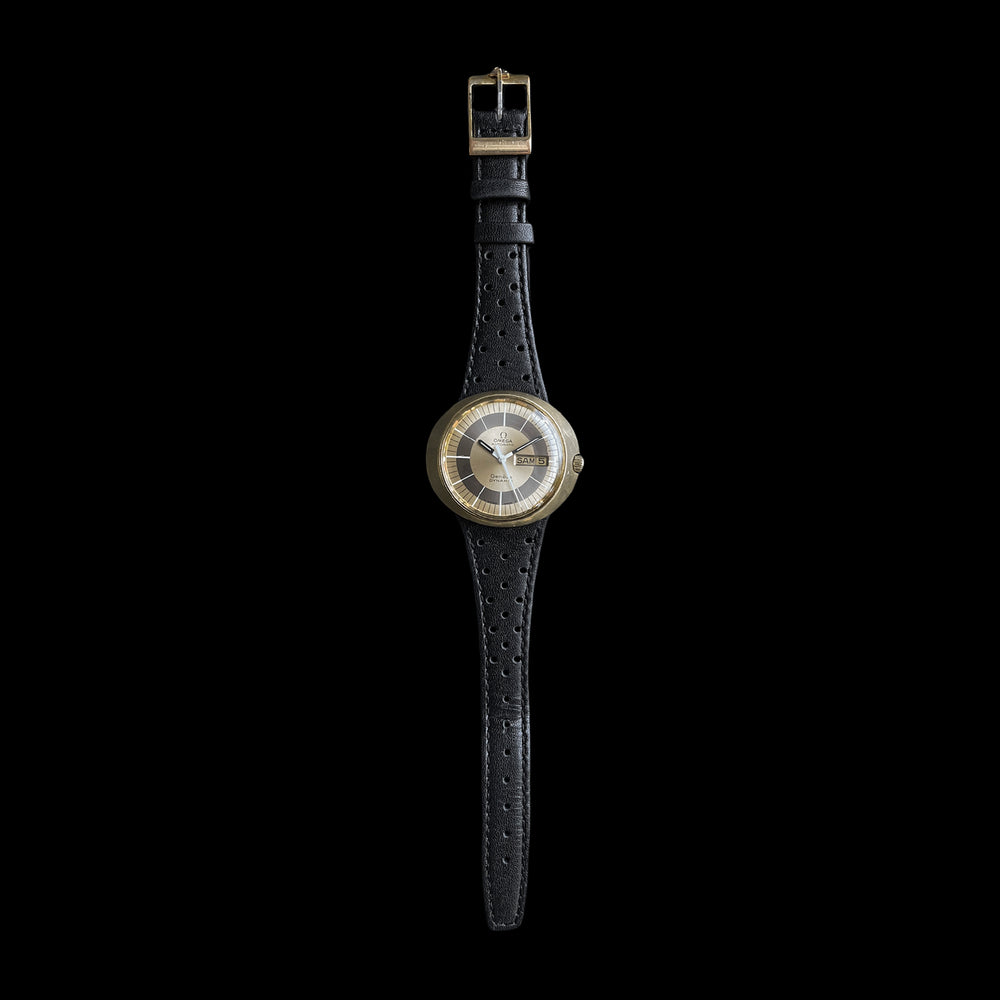Omega Genève Dynamic
Omega Genève Dynamic
- Free worldwide shipping
- Exchange anytime
- Carbon neutral
- Secure payments
- Low stock - 1 item left
- Inventory on the way

Designed for the highest wearing comfort
Picked for you by Valentin Thalmann
This watch was made in the 1970s
Model: Genève Dynamic
Collection: Dynamic
Year: 1970s
Scope of Delivery: zrhbrg Packaging with digital Asset
Glass: Mineral Glass
Case Material: Stainless Steel, 18ct. Gold Plated
Bezel Material: Stainless Steel, 18ct. Gold Plated
Case Back Material: Stainless Steel
Features: Day, Date
Indexes: Print
Dial Handstyle: Obélisque Hands
Clasp Type: Tang Buckle
Clasp Material: Stainless Steel, 18ct. Gold Plated
About the Watch
The Omega Genève Dynamic watches were created in 1967 and launched to the public in 1968. The designer of the collection was Raymond Thévenaz. The name, Dynamic, refers to the shape of the case, which was the result of an in-depth study of the anatomy of the wrist. Thévenaz wanted to create a timepiece that sits on the wrist comfortably. For this, creating the Dynamic meant different tricks and tweaks. The line became a success and went on several years. Omega still released newer Dynamic models in 1977, eight years after the first watches came to the market. It’s also worth mentioning that while the very first Dynamic models were incorporated into the Genève line, somewhere in the 1970s, Omega rebranded them to De Villes. The looks also received an update then.
About the Brand
Omega has constantly been defined by its pioneering spirit, demonstrated by its conquests of the oceans as well as space. Since 1965, the Omega Speedmaster has been worn on each of NASA's piloted missions including all six moon landings and many of history’s greatest explorations beyond Earth. Omega also has served as the Official Timekeeper of the Olympic Games since 1932. In watchmaking, Omega’s history has been dedicated to a quest for perfection. This legacy continued in 1999 with the launch of the revolutionary Co-Axial escapement and, in 2015, with the world’s first Master Chronometer. Due to being approved by the Swiss Federal Institute of Metrology (METAS), watches with the designation Master Chronometer can withstand a pressure of up to 15'000 Gauss.











